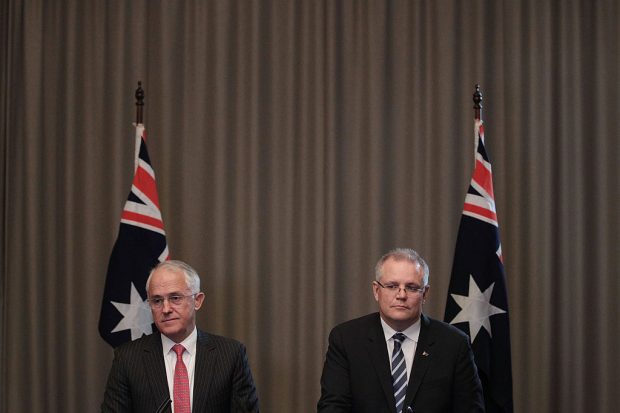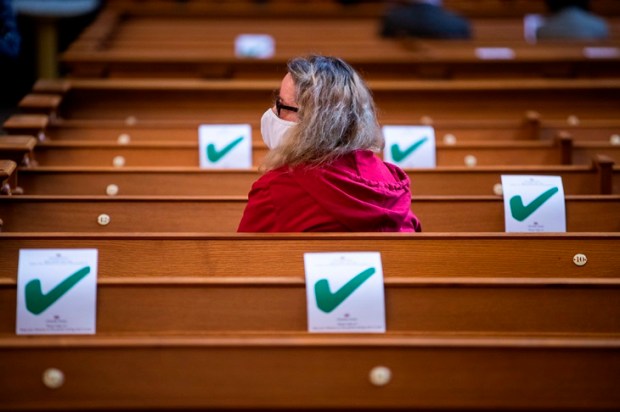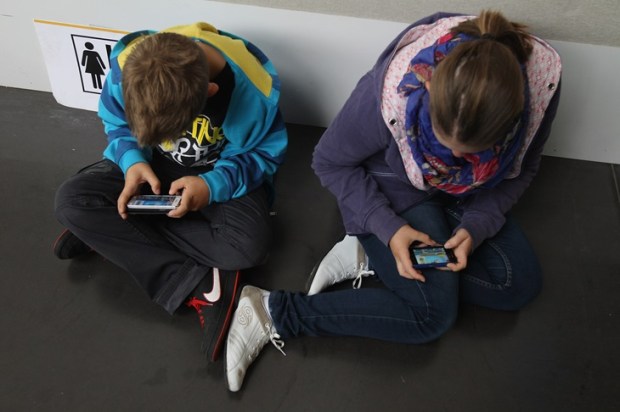 The Commonwealth government’s mid-year budget update shows the deficit/debt problem is no closer to being resolved. In 2007-08 (the last year of budget surplus) the tax system generated revenue of 25 per cent of GDP, but now it generates 23.3 per cent. Meanwhile, spending has risen from 23.1 per cent to 25.2 per cent of GDP, leaving a deficit of 2.1 per cent. What should a government do in this situation — raise more revenue, cut its cloth (spending) according to its means or wait in hope for revenue to recover automatically?
The Commonwealth government’s mid-year budget update shows the deficit/debt problem is no closer to being resolved. In 2007-08 (the last year of budget surplus) the tax system generated revenue of 25 per cent of GDP, but now it generates 23.3 per cent. Meanwhile, spending has risen from 23.1 per cent to 25.2 per cent of GDP, leaving a deficit of 2.1 per cent. What should a government do in this situation — raise more revenue, cut its cloth (spending) according to its means or wait in hope for revenue to recover automatically?
The answer from Labor, the Greens and some in think tanks and the commentariat is that the deficit is a revenue problem and taxes must be increased by curbing negative gearing, cutting the capital gains discount, increasing superannuation tax even further and forgetting about company tax cuts.
One problem with these measures is that they would go nowhere near raising the amounts of revenue needed to balance the budget, and in any case Labor plans to spend more than the government. If the budget really were to be balanced through tax hikes, there would have to be large, across-the-board increases. The other problem is that negative gearing, the capital gains tax discount and superannuation concessions all have a justification in tax principles, while international developments are making company tax cuts an imperative.
The essence of the revenue raisers’ position is that tax should be increased through policy action to compensate for the revenue shortfall, even though the shortfall is due to weakness in tax bases. They don’t acknowledge the economic costs of tax increases. To them, if the lemon is not as juicy as it used to be, then it has to be squeezed harder in order to protect spending programs. The risk is that the lemon is squeezed dry.
The government emphasises spending restraint. But in reality, it is relying more on a hoped-for recovery in tax revenue than on spending restraint to balance the budget. Its problem is that the revenue recovery keeps being delayed.
The government needs to back its rhetoric as an expenditure cutter with more resolute action. It needs to cut its cloth according to its means in a situation in which the tax system is no longer generating the revenue it once did — an approach that places greater emphasis on protecting the economy from the economic costs of tax increases than protecting spending programs from weaker tax bases.
The reality is that new individual spending programs are being rolled out, making it more difficult to slow the growth of aggregate spending. The NDIS, ‘Gonski’ school funding and child care support alone explain much of the growth in Commonwealth spending above pre-2008 levels. If those programs are sacrosanct, then others need to be cut harder to offset them. On the government’s latest estimates, total spending is still growing by 2 per cent a year in real terms. Halving that growth rate would still leave some real growth in spending but produce a saving of $20 billion a year by 2019-20 and enable the budget to be balanced much earlier.
Robert Carling is a Senior Fellow in the economics program at The Centre for Independent Studies.
Got something to add? Join the discussion and comment below.
Get 10 issues for just $10
Subscribe to The Spectator Australia today for the next 10 magazine issues, plus full online access, for just $10.

























Comments
Don't miss out
Join the conversation with other Spectator Australia readers. Subscribe to leave a comment.
SUBSCRIBEAlready a subscriber? Log in